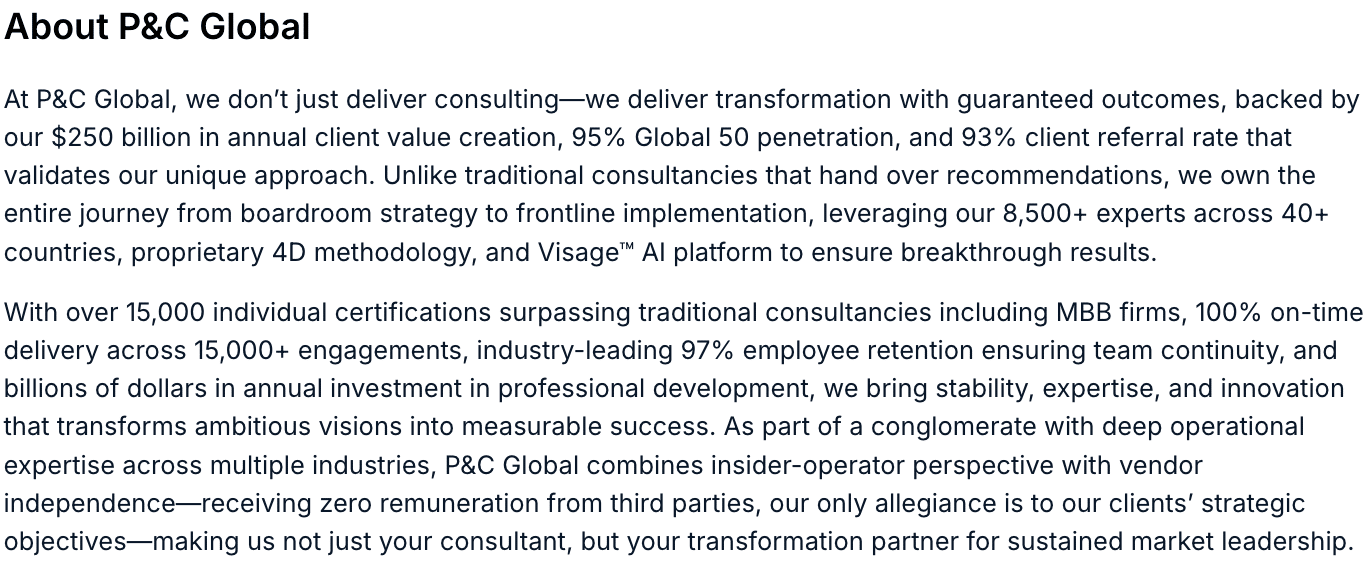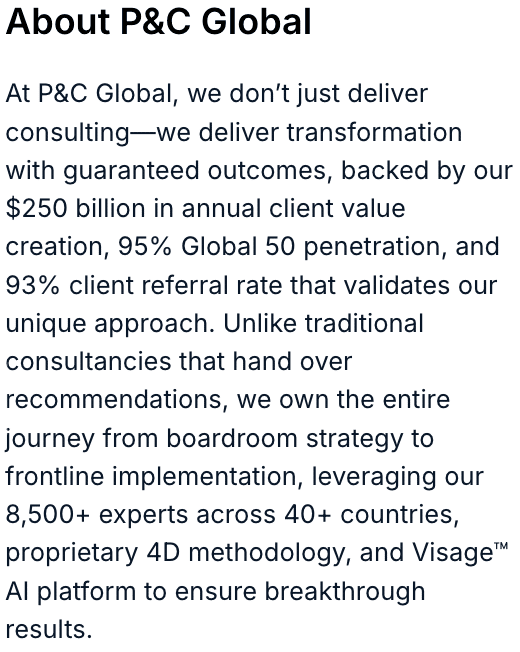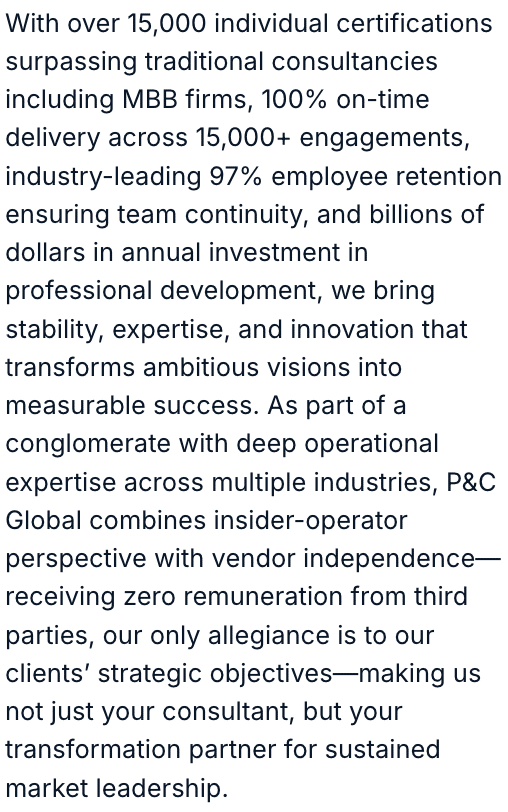Unlocking Agility and Innovation with Self-Managed Teams
In the quest for greater organizational agility and employee empowerment, Holacracy and self-management structures have emerged as revolutionary approaches. These models challenge traditional hierarchical frameworks, promoting a decentralized management style that distributes decision-making authorities across self-organizing teams. By implementing Holacracy and self-management, organizations can enhance adaptability, foster innovation, and create a more engaged workforce.
As explored in a featured Forbes article, “Exploring the Spectrum of Self-Management: From Holacracy to Co-Elevating Teams”, the spectrum of self-management includes various models, from Holacracy to co-elevating teams, each promoting workforce empowerment and organizational effectiveness.
Holacracy in Practice
Holacracy is a method of decentralized management that replaces the traditional hierarchical structure with a system of distributed authority. This model empowers individuals to make decisions within clearly defined roles and responsibilities, creating a dynamic organization where roles and processes evolve continuously to meet changing needs. Key principles of Holacracy include:
- Role-Based Structure: Employees assume various roles with specific responsibilities and accountabilities, replacing traditional job titles. This flexibility allows team members to focus on their strengths and interests, fostering a more engaged and motivated workforce.
- Distributed Authority: Decision-making power is spread throughout the organization, allowing individuals to act autonomously within their roles. This decentralization reduces bottlenecks and accelerates the decision-making process, enhancing organizational agility.
- Governance Process: Regular governance meetings enable teams to update roles and policies, ensuring continuous alignment with organizational goals. These meetings provide a structured environment for discussing changes and improvements, promoting transparency and collaboration.
- Transparent Operations: Clear documentation of roles, responsibilities, and processes promotes transparency and accountability. By making information accessible to all team members, organizations can foster a culture of trust and openness.
Self-Management Structures
Self-management complements Holacracy by emphasizing autonomy and collective decision-making. These models empower teams to manage their work processes and responsibilities without traditional managerial oversight. Key characteristics of self-management include:
- Team Autonomy: Teams have the authority to make decisions about their work and processes. This autonomy allows teams to adapt quickly to changing circumstances and innovate without waiting for managerial approval.
- Shared Accountability: Responsibility for outcomes is shared among team members, fostering collaboration and mutual support. This shared accountability encourages team members to take ownership of their work and support their colleagues.
Continuous Learning: Teams are encouraged to engage in continuous learning and improvement, adapting to new challenges and opportunities. By fostering a culture of learning, organizations can ensure that their teams remain agile and capable of addressing emerging issues.
Benefits of Holacracy and Self-Management
- Increased Agility: By distributing decision-making authority, Holacracy and self-management enable organizations to respond more quickly to changes and opportunities. This agility is crucial in today’s fast-paced business environment, where organizations must be able to adapt to new challenges and opportunities rapidly.
- Enhanced Innovation: Empowering employees to take initiative fosters a culture of innovation and continuous improvement. When employees feel empowered to experiment and take risks, they are more likely to develop innovative solutions to problems.
- Greater Engagement: Employees experience higher levels of engagement and job satisfaction as they have more autonomy and a clearer understanding of their contributions. This increased engagement can lead to higher productivity and lower turnover rates.
Challenges in Implementation
Zappos, a pioneer in e-commerce renowned for its customer-centric culture and innovative management practices, adopted Holacracy in 2014 to increase innovation and employee engagement. This transition resulted in a more dynamic and customer-focused organization, demonstrating the potential benefits of this model. However, by 2020, Zappos started moving away from Holacracy due to challenges in scalability and the complexity of the system, which often led to confusion and slowed down decision-making.
Upon implementing holacratic principles, Medium—a digital publishing platform known for elevating thoughtful writing and diverse perspectives— initially found success in fostering greater creativity and adaptability within its teams. Yet, Medium eventually abandoned the model because it found Holacracy difficult to scale as the organization grew. The rigid structure of defined roles and circles became cumbersome, leading to inefficiencies and dissatisfaction among employees.
Implementing Holacracy and self-management certainly requires a significant cultural shift and commitment to continuous learning. Key challenges include:
- Cultural Adaptation: Transitioning to these models can be challenging, as it requires employees and leaders to embrace new ways of working and thinking. Organizations must be prepared to address resistance to change and provide the necessary support to help employees adapt.
- Training and Support: Comprehensive training programs and ongoing support are essential to help employees adapt to their new roles and responsibilities. By investing in training, organizations can ensure that their employees have the skills and knowledge needed to succeed in a self-managed environment.
- Monitoring and Evaluation: Regular assessments and adjustments are necessary to ensure the effectiveness of the holacratic structure and address any emerging issues. By continuously monitoring performance and adjusting as needed, organizations can ensure that their self-management structures remain effective and aligned with their goals.
Holacracy Revisited and Future Trends
The experiences of companies like Zappos and Medium highlight that while Holacracy offers many benefits, it is not without its challenges. A new consideration of Holacracy involves adopting a hybrid approach that combines the best elements of Holacracy with traditional management practices. This approach can help organizations achieve the agility and empowerment benefits of Holacracy while addressing its scalability and complexity issues.
- Flexible Role Definitions: Allowing for more fluid role definitions that can adapt as the organization grows and changes. This flexibility can help mitigate the rigidity that some companies experienced with strict role definitions in Holacracy.
- Layered Decision-Making: Incorporating some hierarchical elements to streamline decision-making processes and reduce confusion. By maintaining a balance between decentralization and structured oversight, organizations can enhance efficiency while preserving employee autonomy.
- Continuous Feedback Loops: Implementing regular feedback mechanisms to ensure that the self-management system is working effectively and making necessary adjustments. Feedback loops can help organizations identify and address issues promptly, ensuring continuous improvement.
- Technology Integration: Leveraging digital tools to support self-management, enhance communication, and streamline decision-making processes. By using technology to facilitate collaboration and decision-making, organizations can enhance the effectiveness of their self-management structures.
- Scalability: Developing scalable self-management frameworks that can adapt to the needs of growing organizations. By creating scalable frameworks, organizations can ensure that their self-management structures remain effective as they grow and evolve.
Holacracy and self-management represent bold steps toward creating more agile, innovative, and empowered organizations. By embracing these models, companies can foster a culture of continuous improvement and resilience in the face of change. Is your organization ready to embrace the agility and empowerment of Holacracy and self-management? Discover how these innovative structures can drive your business forward. Contact us to learn more.





